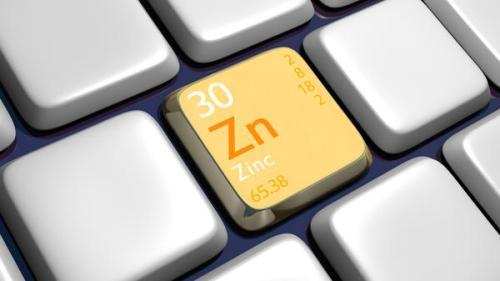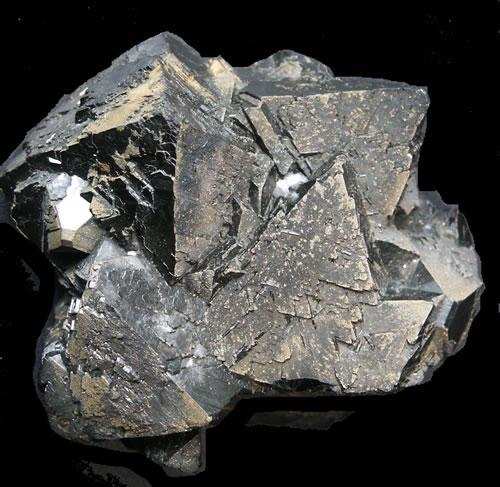ZINC – Story of the 4th Most Consumed Metal
Importance of Zinc has been known to India since ancient times. Standard textbooks of Ayurveda, written by ‘rishis’ of Vedic era recommend ‘Jasada bhasma’ a zinc based preparation, as the treatment of choice for diabetes. Modern medicine also recognizes the curative properties of zinc

ZINC: 8th known metal to mankind & 4th most widely consumed metal in the world . Stands 30th in the Periodic Table
Germans called Zinc metal as ‘Caunterfeitum’ or ‘mock-silver’ because of its silvery white lustre.. and ‘rishis’ of Vedic era recommend ‘Jasada bhasma’ a zinc based preparation, as the treatment of choice for diabetes….
Importance of Zinc has been known to India since ancient times. Standard textbooks of Ayurveda, written by ‘rishis’ of Vedic era recommend ‘Jasada bhasma’ a zinc based preparation, as the treatment of choice for diabetes. Modern medicine also recognizes the curative properties of zinc.
Long before being identified as an element, Zinc was used for making brass and for medicinal purposes. Metallic Zinc and Zinc Oxide were produced in India sometime between the 11th and 14th centuries and in China in the 17th century. Andreas Marggraf, a German chemist is credited with the discovery of pure metallic Zinc who isolated the element in 1746.

Germans called Zinc metal as ‘Caunterfeitum’ or ‘mock-silver’ because of its silvery white lustre. In Europe, where the use of tin was well-known, Zinc was also regarded as inferior tin.
Today, Zinc is the 4th most widely consumed metal in the world after iron, aluminium, and copper.
Almost 58% of the zinc mined across the world is used for galvanizing, 14% for die-casting, 10% for alloys and brass making, 9% in chemicals, 6% in rolled zinc and 3% for other miscellaneous purposes.
An adult human body contains about 2-3 grams of zinc, needed for the body’s enzymes and immune system to function properly. Every cell requires zinc to multiply. Zinc strengthens the immune system to prevent and effectively fight diarrheal diseases which are often life threatening for children in the developing countries. A few extra milligrams of zinc everyday could save the life of 450,000 kids (Source: UNICEF).

Zinc also helps in improving eyesight, preventing respiratory infections, treating acne, common cold, age-related chronic diseases, fertility and also has healing properties. Also, extensive usage in insect repellents, sun screens, paints, rubber, cosmetics, surgical tools, airplanes, appliances, pharmaceuticals, plastics, inks, soaps, batteries, textiles, electrical equipment etc. makes Zinc a future metal which is extensively used to cure human and infrastructural health.
It would be only correct to say… we all have Zinc in our lives.
The Author of this piece is Pavan Kaushik, Head – Corporate Communication, Vedanta
To join us on Facebook Click Here and Subscribe to UdaipurTimes Broadcast channels on GoogleNews | Telegram | Signal


